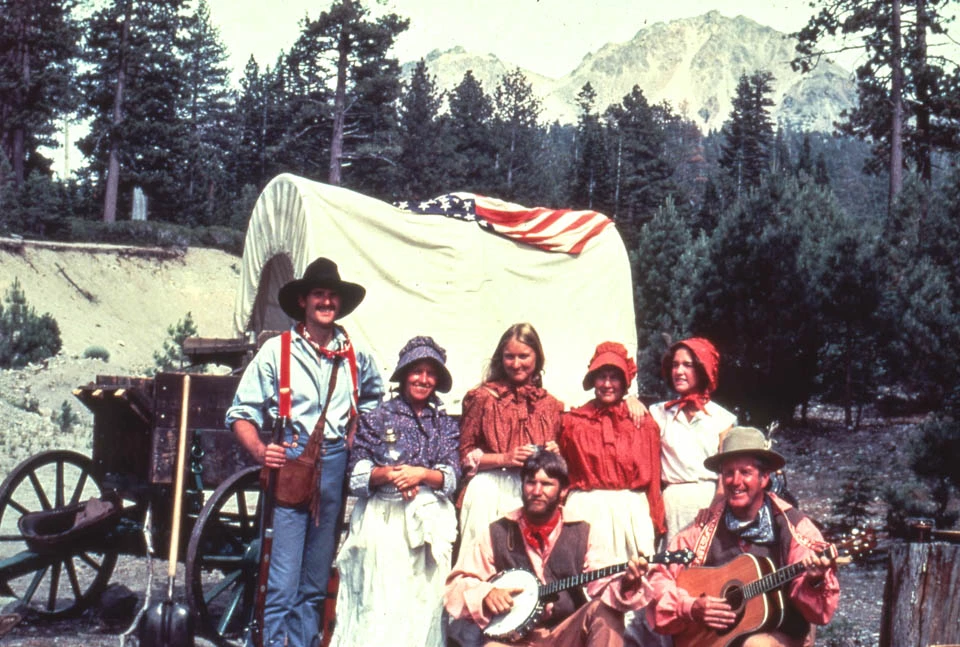Last updated: August 17, 2020
Article
Pioneer Women of Lassen

The experiences of pioneer women crossing the Oregon Trail and California Trail to begin a new life in the west were as varied as the terrain they traveled. Some found death and despair while others found hope and new opportunities. All of them undoubtedly found hardship.
One in ten travelers perished on the journey, and for women, their concern for the health and safety of their family colored every aspect of the trip. Jane Davies Kellogg in 1852 wrote of the death she experienced on the trail:
"There was an epidemic of cholera all along the Plate River... All along the road was a grave yard; most any time of day you could see people burying their dead; some places five or six graves in a row, with board head signs with their names carved on them. It was a sad sight; no one can realize it..."[1]
While some women on the trail looked backward to the family they left behind and would probably never see again, others looked forward to the new beginnings ahead. Lydia Allen Rudd in 1852 wrote:
"Left the Missouri river for our long journey across the wild uncultivated plains... As we left the river bottom and ascended the bluffs the view from them was handsome!...With good courage and not one sigh of regret, I mounted my pony...In going some two miles, the scene changed from bright to sunshine to drenching showers of rain..."[2]
For some women traveling to new territory meant new opportunities such as women who opened boarding houses and restaurants and bakeries in the bustling mining towns of California. In Gentile Tamers, Brown wrote:
"In 1852, a Boston newspaper printed a letter from a woman in California who reported that in less than a year she had baked and sold $18,000 worth of pies, about one third of which was clear profit." (253).
Though the experiences of these pioneer women differed, any woman who succeeded in making the 2,000 mile journey across the west on foot or in their wagon gives us a model of strength and endurance for all succeeding generations.
[1] Murphy, Dan, et al. Oregon Trail: Voyage of Discovery (1st ed., KC Publications, Inc., 1992).
[2] Brown, Dee, The Gentle Tamers: Women of the Old Wild West (Bison Books, 1981).
